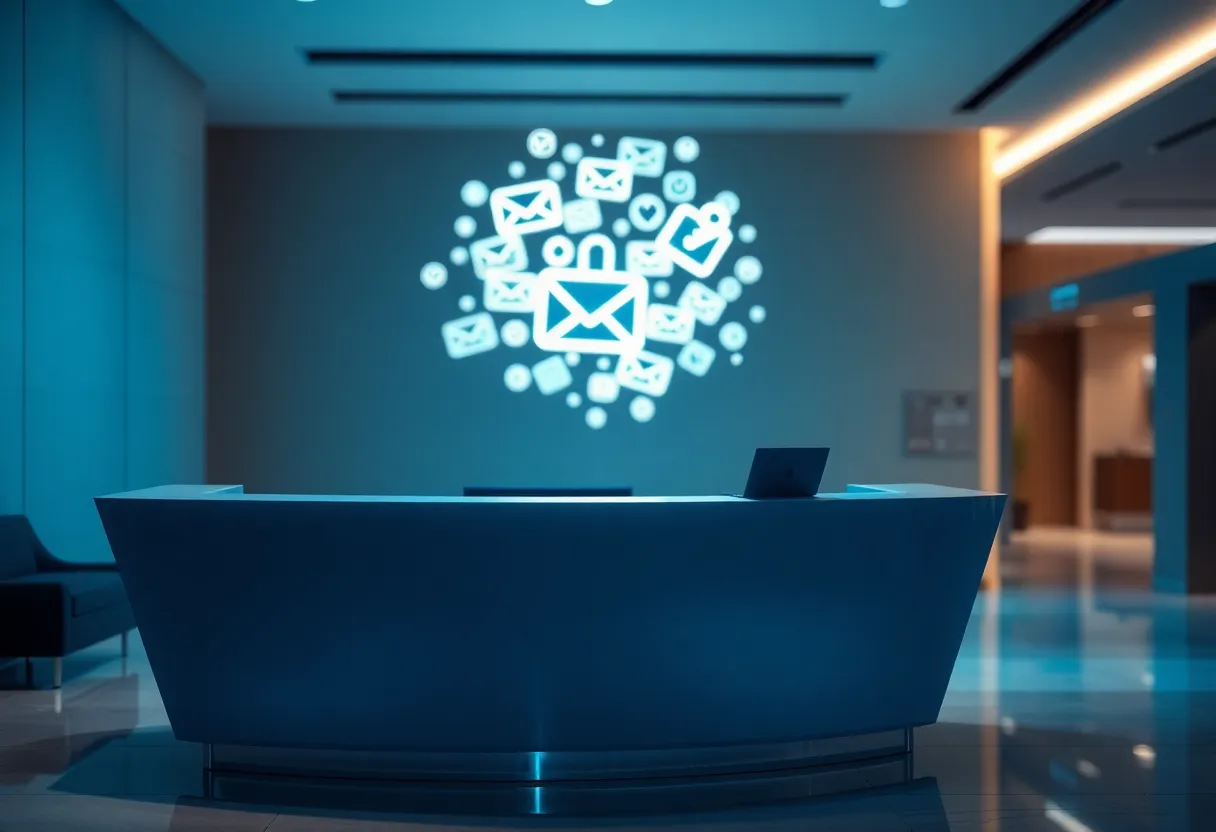Overview
“Scheduling chatbots” help customers book and manage appointments through conversational channels like your website chat, SMS, and even phone. They read your operating hours, service areas, calendars, and rules, then offer the best available slots while factoring in travel time and technician skills. The right setup reduces back‑and‑forth, fills your calendar after hours, and keeps techs focused on billable work.
Many field service teams also use Jobber for quoting, scheduling, invoicing, and reminders. Jobber includes online booking forms and a Client Hub for self‑service, plus a beta AI phone receptionist. However, as of September 30, 2025, Jobber does not advertise a customer‑facing website chatbot for conversational booking; for that, businesses typically add a dedicated chatbot alongside Jobber’s tools.
If you want a 24/7 conversational layer that answers questions, captures leads, and books jobs, Small Business Chatbot provides a website chat widget plus voice and texting that work with your existing calendars and CRM. See supported connections on our integrations page, and real‑world outcomes on our customer reviews page.
Must‑have chatbot scheduling features
1) Real‑time availability and skill matching
Match each job to qualified techs only, based on service skills, licenses, or equipment. Offer time slots that avoid conflicts and respect blackout times.
2) Travel‑time aware booking
Use buffers and maximum drive‑time rules so your day isn’t blown up by long cross‑town trips. Group nearby jobs to reduce windshield time.
3) Multi‑channel: web chat, SMS, and voice
Let customers book or reschedule from the channel they’re already using. A good chatbot hands off to a human seamlessly when needed.
4) Smart confirmations and reminders
Send immediate confirmations and timed reminders, plus two‑way “confirm/need to reschedule?” flows to prevent idle gaps in the schedule.
5) Dispatch context for techs
Include gate codes, pet notes, parts required, and photos so the first visit has the best chance to resolve the issue.
6) Reporting you’ll actually use
Track booking source, first‑time fix rate, travel hours, and no‑show rate. Use the data to adjust service windows and staffing.
Research highlight
Why conversational scheduling matters for small field service teams
- Consumers book after hours: 64% of appointments were scheduled outside 9–5 in a Square analysis, so 24/7 booking captures demand you’d otherwise miss (Square, 2024). See Square’s findings.
- Fewer wasted truck rolls: Top performers avoid unnecessary trips and resolve issues faster with AI support, including a 39% faster resolution time and about 14% fewer avoidable truck rolls (Aquant, 2025). Aquant Field Service Benchmark.
- AI will shoulder more service volume: CX leaders expect a larger share of inquiries to be resolved without a human, accelerating the case for smart automation (Zendesk, 2025). Zendesk CX Trends.
Jobber vs. a website scheduling chatbot
The short version: Jobber offers robust field service management with online booking, Client Hub, routing, and reminders. A website chatbot adds real‑time Q&A and conversational booking on your site, SMS, and phone—especially valuable after hours and for lead capture.
What Jobber covers well
- Online booking and calendar control. Customers can pick services and times from your published availability; confirmations go out automatically. (See Jobber’s overview of online booking.) Jobber online booking.
- Scheduling, routing, and automated visit reminders. Map‑based dispatching and reminders help keep the day on track.
- Self‑service Client Hub. Clients review quotes, appointments, and invoices without calling.
- AI phone receptionist (beta). Answers and routes calls when you can’t pick up.
Where a website chatbot helps
- Conversational pre‑sales. Answers pricing and service‑area questions, gathers photos, and qualifies leads before booking.
- After‑hours demand capture. When half or more bookings happen outside 9–5, an always‑on chat, text, and voice layer matters.
- Two‑way SMS updates. Reschedule, confirm, and upsell add‑ons without phone tag.
Small Business Chatbot adds that conversational layer across web chat, text, and voice with quick setup and natural language answers. Explore integrations or skim our customer reviews to see typical outcomes.
Scheduling and dispatch workflows that actually work
- Triage in chat: Address, issue type, photos/video, pets/gate, and preferred windows.
- Skill and territory match: Filter to techs who can perform the job inside your service area.
- Travel‑aware slotting: Offer the nearest viable time based on existing routes and buffers.
- Confirm + collect terms: Deposit or card‑on‑file when required; clear cancellation policy.
- Auto‑package dispatch info: Route, notes, parts checklist, and customer preferences—boosting first‑time fix odds. Industry benchmarking shows leaders cut unnecessary truck rolls and resolve faster using AI‑assisted workflows (Aquant, 2025). Source.
Cutting no‑shows with reminders
Reminders work best when they are timely and two‑way. Evidence from a randomized trial found that two automated reminders (e.g., 3 days and 1 day before) reduced missed appointments versus a single reminder—especially for higher‑risk customers (AJMC/Primary Care RCT). See study.
- Use “Confirm/Reschedule” buttons in SMS so customers can fix conflicts without calling.
- Send day‑of arrival notices (“On our way in 20 minutes”).
- Automate follow‑ups on unconfirmed visits to refill gaps.
Implementation checklist
- Define services, durations, and any travel buffers by service type.
- Tag technicians with skills, certifications, and service zones.
- Connect calendars (e.g., Google/Outlook) and set blackout times.
- Decide reminder cadence (for many teams: 72–48 hours and day‑before).
- Write clear pre‑visit prep notes (parking, pets, gate, equipment access).
- Enable two‑way SMS for confirmations and quick reschedules.
- Track KPIs monthly: no‑show rate, first‑time fix rate, travel hours, after‑hours bookings.
Pricing, ROI and a quick back‑of‑the‑napkin model
Two levers drive ROI: more completed jobs per week and fewer no‑shows. A simple estimate:
Added weekly revenue ≈ (New bookings from chat after hours) × (Average job value) × (Show‑up rate).
Recovered revenue ≈ (Baseline no‑shows − no‑shows with reminders) × (Average job value).
Example: If conversational booking nets 6 extra after‑hours jobs/month at $250 each and reminders prevent 3 no‑shows, that’s roughly $2,250/month before costs. Tools like Small Business Chatbot package chat + voice + SMS in one place, with rapid setup via our integrations.
Frequently asked questions for field service scheduling chatbots
1) Does Jobber include a website scheduling chatbot?
Jobber includes online booking forms, Client Hub self‑service, automated reminders, and a beta AI phone receptionist. As of September 30, 2025, it does not advertise a customer‑facing website chatbot; many businesses add a specialized chatbot for conversational booking alongside Jobber. For its booking overview, see Jobber online booking.
2) How does a chatbot avoid double‑booking and long drives?
It checks your connected calendars and applies rules like maximum drive time, fixed buffers, and service zones before it offers a slot, keeping routes tight and techs productive.
3) Can customers reschedule by text?
Yes. Two‑way SMS lets customers confirm or pick a new time, which reduces no‑shows and last‑minute gaps. Evidence supports using at least two reminders for best results. Study summary.
4) Will this work with our CRM and email tools?
Small Business Chatbot connects with popular CRMs and email/calendar tools so new leads, transcripts, and bookings land where your team already works. Browse supported integrations.
5) What KPIs should we watch first?
Start with no‑show rate, after‑hours bookings share, average travel time per job, and first‑time fix rate. Industry benchmarks show leaders reduce avoidable truck rolls and speed up resolution with AI‑assisted workflows (Aquant, 2025). Benchmark.
6) Is AI ready for customer conversations?
Yes—when designed with clear guardrails. Many CX leaders expect a growing share of inquiries to be resolved without human intervention in the near term (Zendesk, 2025). See trend.
Next steps
If you’re comparing a “Jobber scheduling chatbot” to a dedicated website chatbot, consider pairing your existing Jobber setup with a conversational layer that books jobs, answers FAQs, and drives reviews—24/7.



